- About us
- Specialties
Infertility Treatments
Gynaecolgic Surgery
High Risk Pregnancy
Obstetrics
Donor Programs
- News & Events
- Academic Activities
- Blogs
- Contact us

Using an IVF cycle, pre-implantation genetic diagnosis, or PGD, is a reproductive method. In early embryos, PGD can be used to diagnose a genetic disorder before implantation and pregnancy. This technology can also be used in assisted reproduction to diagnose imbalanced inheritance of chromosomal abnormalities, including translocations or inversions, and to screen for aneuploidy.
An Extensive History of Miscarriages: Miscarriage can have a wide range of causes. The cause of around half of first-trimester miscarriages is chromosomal abnormalities. The pair may be predisposed to conceiving children with chromosome abnormalities due to a chromosome rearrangement in one or both parents, or it could be connected to the age of the woman. PGD is an option for each of these scenarios. The biggest risk for women over 35 might be aneuploidy, or having a child with an incorrect number of chromosomes, which
includes conditions like Down syndrome. These women may have a better probability of having a successful and healthy pregnancy if PGD is used for aneuploidy screening. A distinct kind of PGD is accessible if one of the parents has a balanced structural chromosome re-arrangement, like a translocation.
Previous conception involving a chromosomal defect: With increasing maternal age comes an increased risk of a pregnancy with aneuploidy (too many or too few chromosomes, like Down syndrome). Regardless of the mother’s age, there is an increased chance that a comparable issue will arise in any subsequent pregnancy after a chromosomally defective pregnancy. It could be hard for some couples who are at a higher risk to think about getting pregnant in the future. PGD for aneuploidy can improve the chances of maintaining a successful pregnancy while decreasing the possibility of a chromosomal problem in a subsequent pregnancy.
Numerous IVF cycles that were unsuccessful: IVF often makes successful pregnancies possible for infertile couples. Some couples are unable to conceive even after multiple IVF cycles. The transfer of embryos with chromosomal abnormalities is a contributing factor in certain IVF failure cases. PGD for aneuploidy can improve the chances of maintaining a successful pregnancy while decreasing the possibility of a chromosomal problem in a subsequent pregnancy.
Possessing a balanced structural rearrangement of the chromosomes: A couple’s member may have one or more Robertsonian translocations (the linking of two chromosomes), balanced translocations (the exchange of chromosome material between two or more chromosomes), or other structural reorganizations. This raises the possibility of an imbalanced chromosomal complement pregnancy, which can result in miscarriage, mental retardation and birth abnormalities. By using PGD to correct structural chromosomal rearrangements, couples can lower these risks and improve their chances of maintaining a successful pregnancy.
Possess a genetic illness that is autosomal dominant, such as Marfan syndrome: A 50% probability exists for a person with an autosomal dominant genetic disorder to become pregnant with another person who also has the condition. Prenatal diagnosis of the genetic illness is frequently possible through amniocentesis or chorionic villus sample. Nonetheless, a lot of couples would prefer not to have to decide how their pregnancy turns out. For a large number of autosomal dominant genetic disorders, PGD is accessible.
Possessing a recessive hereditary disease, like cystic fibrosis: There is a 25% probability that a child born to a couple with the same autosomal recessive genetic disorder will have the genetic disorder. Prenatal diagnosis of the genetic illness is frequently possible through amniocentesis or chorionic villus sample. The choice to abort a continuing pregnancy due to a genetic condition, however, is one that many couples would prefer not to have to make. For a large number of autosomal recessive genetic diseases, PGD is accessible.
Copyright © 2024. All Rights Reserved.
Powered By BCC

Copyright © 2024. All Rights Reserved.
Powered By BCC